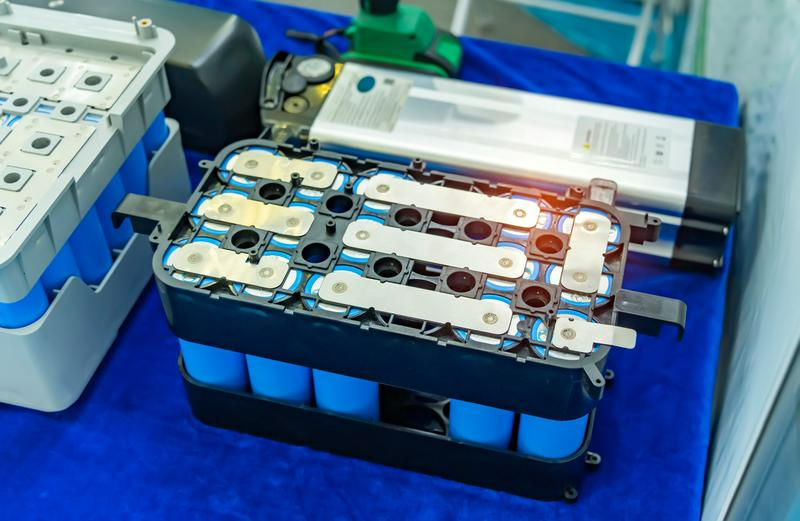When comparing lithium batteries to traditional batteries, the differences can significantly impact how they’re used in various applications. Let’s explore the core distinctions between these two types of batteries, focusing on performance, lifespan, and safety.
Energy Density: Lithium Batteries vs. Traditional Batteries
One of the most notable differences between lithium-ion batteries and lead-acid or nickel-cadmium (NiCd) batteries is energy density. Lithium batteries offer a much higher energy density, meaning they can store more energy in a smaller and lighter package. This makes them ideal for applications like electric vehicles, portable electronics, and solar battery systems.
Cycle Life: Longevity Matters
When it comes to cycle life, LiFePO4 batteries (a type of lithium battery) outperform traditional batteries by a wide margin. For example, a typical lead-acid battery may last 300-500 cycles, while lithium batteries, especially LiFePO4 batteries, can last up to 4,000-5,000 cycles. This extended lifespan makes lithium batteries more cost-effective in the long run, particularly in energy storage systems.

Safety: Thermal Stability and Risk of Failure
Safety is another critical factor. Lithium iron phosphate (LiFePO4) batteries are considered one of the safest lithium battery chemistries due to their thermal and chemical stability. In contrast, traditional batteries, especially lead-acid, can pose risks like leakage and thermal runaway if not managed properly. Lithium-ion batteries have advanced safety features, but they still require careful handling to avoid overheating.
Charging Efficiency: Faster and More Efficient
The charging efficiency of lithium batteries is significantly higher than that of traditional batteries. Lithium-ion batteries can charge faster and more efficiently, making them ideal for applications where downtime needs to be minimized, such as in solar battery house systems or electric vehicles. Lead-acid batteries, on the other hand, have a slower charge rate and may lose efficiency over time.
Weight and Size: Compact Power
Another key difference is weight. Lithium batteries are much lighter compared to traditional batteries with the same capacity. This makes them the preferred choice for mobile applications like electric bikes or off-grid solar systems, where weight and space are critical factors.
Environmental Impact: A Greener Choice?
Lithium batteries are generally considered more environmentally friendly than traditional lead-acid batteries. Lead-acid batteries contain toxic materials and require special disposal methods, while lithium-ion and LiFePO4 batteries are more recyclable and have a lower environmental footprint over their lifecycle.
Conclusion
In summary, lithium batteries offer superior energy density, longer lifespan, and improved safety compared to traditional batteries. Their lighter weight, faster charging, and environmental benefits make them the top choice for modern applications, from solar energy storage to electric vehicles. For users seeking reliability, efficiency, and longevity, lithium batteries are the clear winner.
Learn more:What is the biggest problem with lithium batteries?

